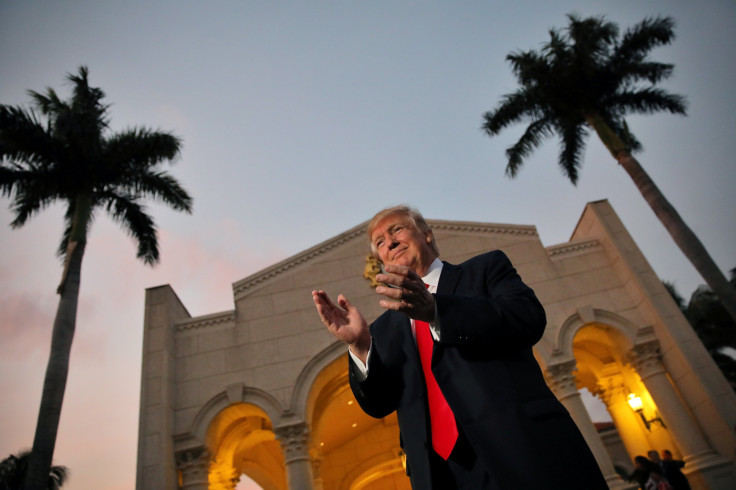Liberal Fake News 2017: Amid Donald Trump Complaints, Left-Leaning False Reports Are Growing

President Donald Trump slammed what he called "fake news" Monday. "Any negative polls are fake news, just like the CNN, ABC, NBC polls in the election," he tweeted.
And that's not all: Reports that he signed an executive order without really reading it was "FAKE NEWS" as well (capital letters are the president's). Finally, the New York Times, a favorite punching bag for the president's prolific Twitter account, "writes total fiction," Trump added.
Liberal-leaning "fake news" was, in fact, on the rise, although not from the journalistic shops the president was lambasting, according to a report from the Guardian. During the election, viral fake news spread like wildfire, with an in-depth BuzzFeed analysis finding most of it was directed at hurting Democratic nominee Hillary Clinton.
The five most popular fake news stories on Facebook during the election were about Pope Francis endorsing Trump, Clinton selling weapons to the Islamic State group, an email from Clinton to ISIS, a law that could prevent Clinton from being president and an FBI agent with Clinton connections supposedly being found dead, according to the Buzzfeed analysis.
Trump has since co-opted the term "fake news" as his own, using it to attack reports he doesn't appreciate.
The Guardian piece noted the balance of fake news was beginning to shift, with false articles gaining steam about everything from the Standing Rock protest to Melania Trump selling jewelry on the White House website to stories with fake Mike Pence quotes about abortion.
Brooke Binkowski, managing editor of the debunking website Snopes, was asked by the Atlantic if she had seen an uptick in left-leaning fake news since Trump took office.
"Of course yes!" she said.
"There has been more coming from the left," Binkowski told the Atlantic. "A lot of dubious news, a lot of wishful thinking-type stuff. It's not as filthy as the stuff I saw that was purportedly coming from the right—I don’t think a lot of it was actually coming from the right, I think it was coming from outside sources, like Macedonian teenagers, for example—but there has been more from the left."
The difference in the type of fake news was also noted by Claire Wardle, research director with First Draft News, in the Guardian article. In a time when many Democrats and others on the left were gravely concerned about Trump's presidency, articles with some good news, even if it's fake, have been spreading.
"It's unsurprising to me that we're seeing a growth of disinformation on the left … People want information that makes them feel better," Wardle said to the Guardian.
© Copyright IBTimes 2024. All rights reserved.






















